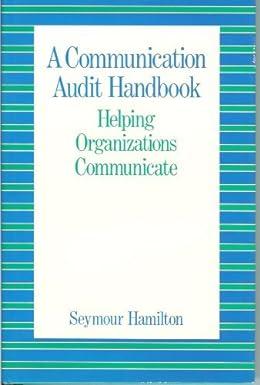Question
On January 1, 2017, Olson Corporation issued $6 million of 10-year, 9% convertible debentures at 106. Investment bankers believe that the debenture would have sold
On January 1, 2017, Olson Corporation issued $6 million of 10-year, 9% convertible debentures at 106. Investment bankers believe that the debenture would have sold at 103 without the conversion privilege. Interest is to be paid semi-annually on June 30 and December 31. Each $1,000 debenture can be converted into five common shares of Olson after December 31, 2018. On January 1, 2019, $342,000 of debentures is converted into common shares, and on March 31, 2019, an additional $342,000 of debentures is converted into common shares. Fair value of Olsons common shares is $112 and $117 per share on January 1, 2019 and March 31, 2019, respectively. Accrued interest at March 31 will be paid on the next interest date. Bond premium is amortized on a straight-line basis. Olson follows ASPE. Instructions: (a) Make the necessary journal entries for 1. December 31, 2018 2. January 1, 2019 3. March 31, 2019 4. June 30, 2019 Record the conversions using the book value method. (b) From the perspective of the debenture holders, why would they be motivated to wait for the conversion of the bonds into common shares? What are the risks involved in waiting and what could the bondholders ultimately give up by waiting too long?
Step by Step Solution
There are 3 Steps involved in it
Step: 1

Get Instant Access to Expert-Tailored Solutions
See step-by-step solutions with expert insights and AI powered tools for academic success
Step: 2

Step: 3

Ace Your Homework with AI
Get the answers you need in no time with our AI-driven, step-by-step assistance
Get Started


